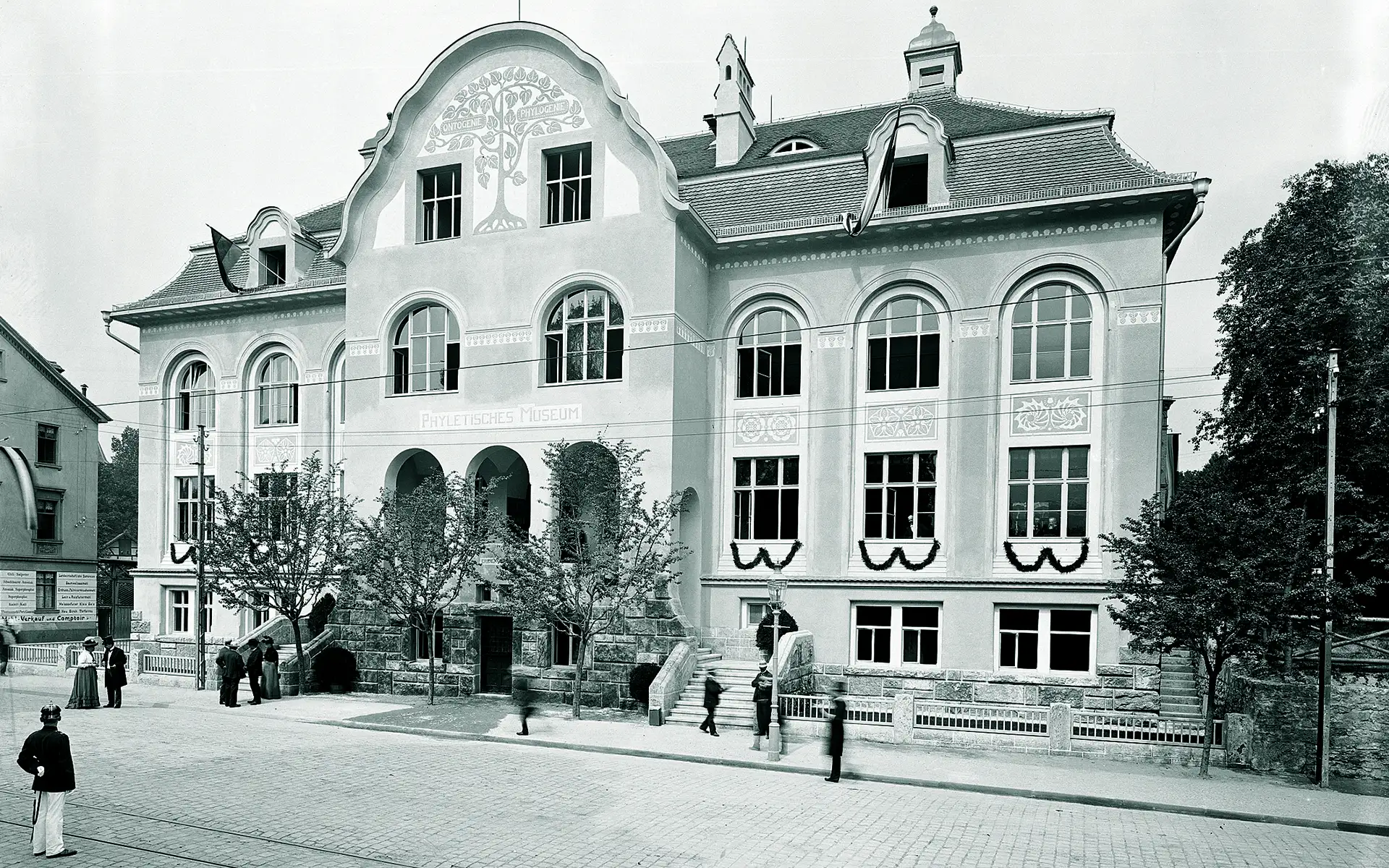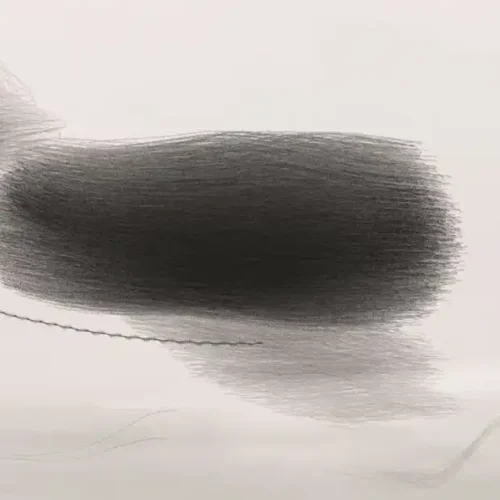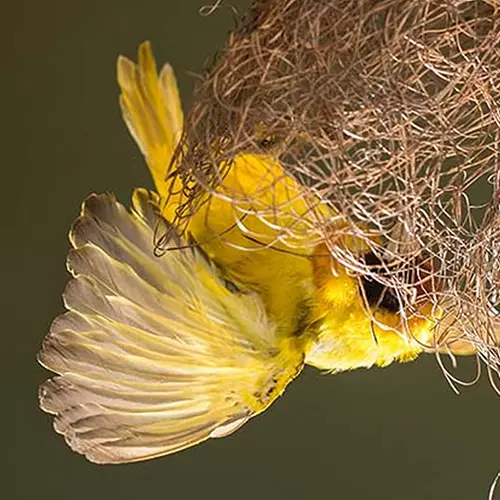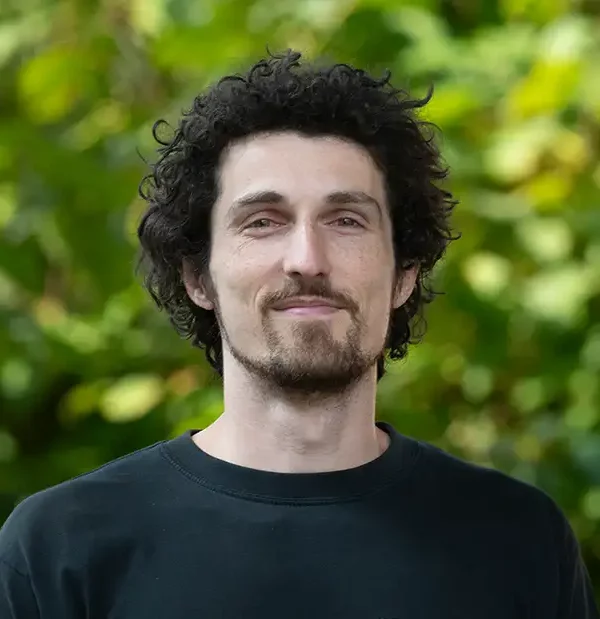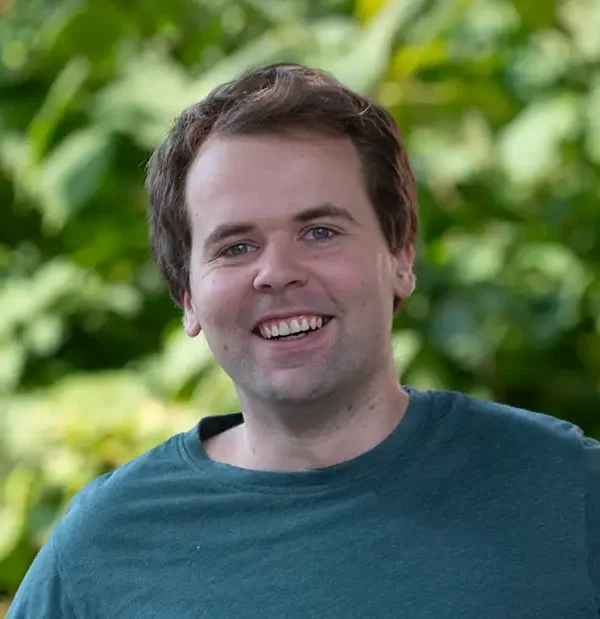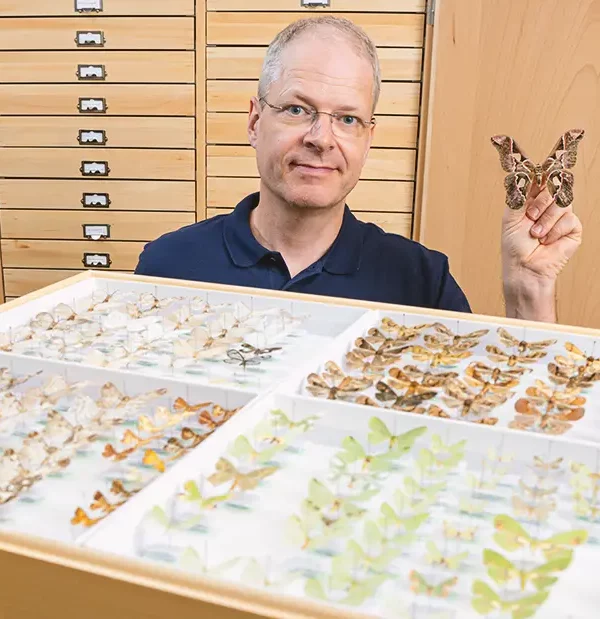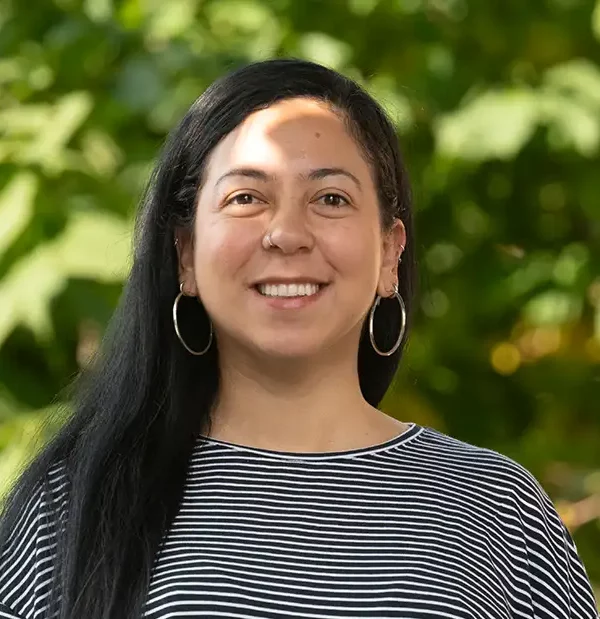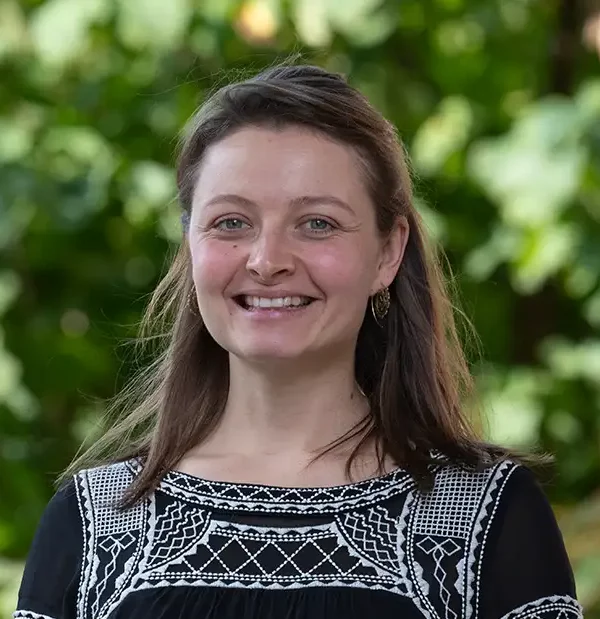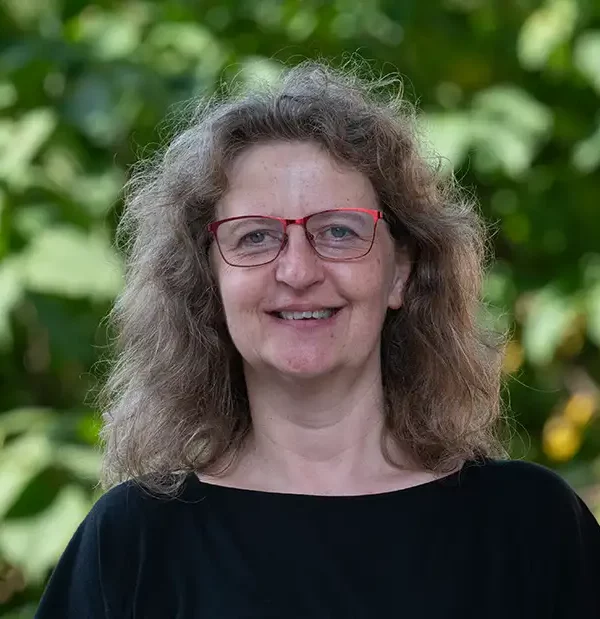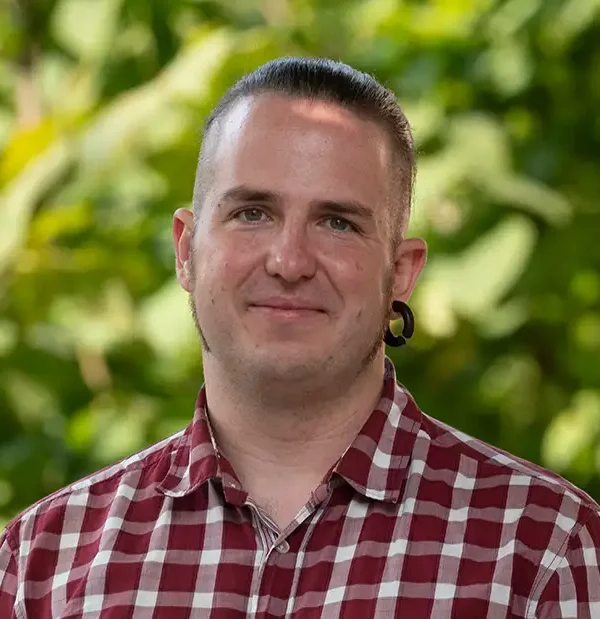Our History
Ontogeny and Phylogeny
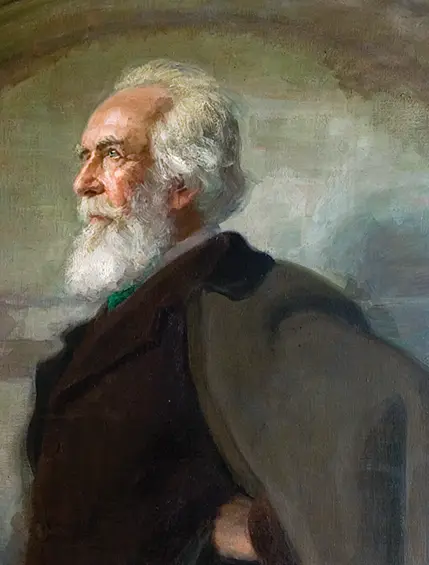
Foundation
Ernst Haeckel founded the Phyletic Museum and financed the building largely from private funds and with the help of other donors.
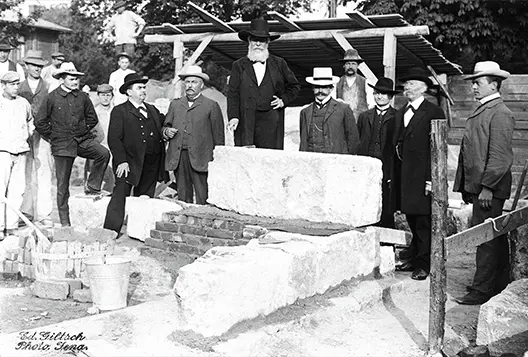
Laying of the foundation stone
Group photo at the laying of the foundation stone, including Ernst Haeckel (center) and the engraver Adolf Giltsch.
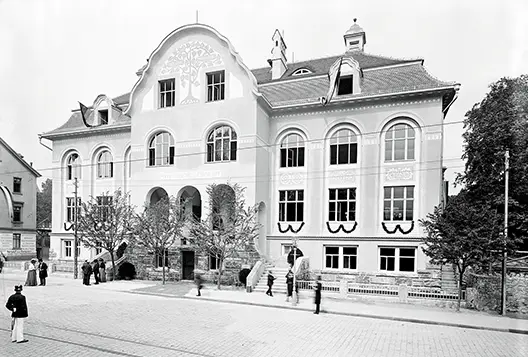
Opening of the museum
Haeckel donated it to the Friedrich Schiller University of Jena on the occasion of the 350th anniversary of its founding. Haeckel was 75 years old at the time and wanted to crown his life's work, which had been created in Jena. However, he fell out with the first director Ludwig Plate and had to retire to his home in Bergstraße – today the Ernst- Haeckel House.
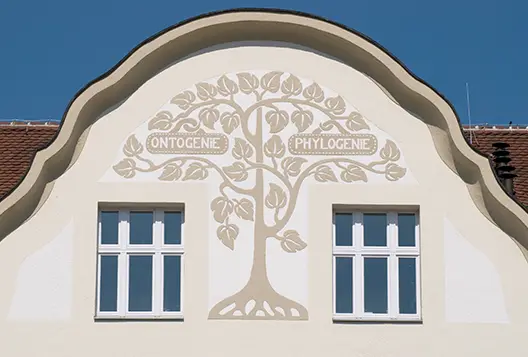
What do “phyletic” and “phylogeny” mean?
Phylogeny means the phylogenetic development of living organisms in the course of the earth's history. The term is formed from two Greek words: Phylos means stem or lineage. Genesis means birth or origin. 'Phyletic' is a rarely used short form of 'phylogenetic'. An important technical term used in museums is technical term is 'monophyletic'. This characterizes groups that have a common ancestor. Today, the museum would probably be called an evolutionary museum be called an evolutionary museum.
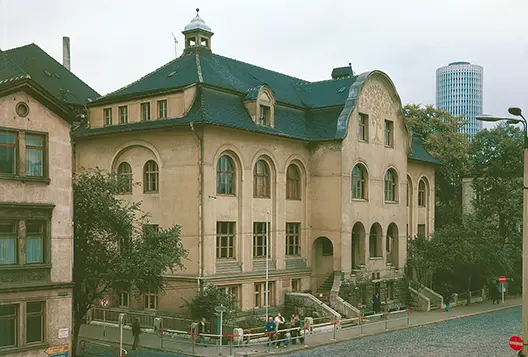
GDR
During the GDR era, the museum was modernized, whereby 'unfashionable' ceiling paintings, commemorative plaques and parts of the ornamentation on the façade were removed.
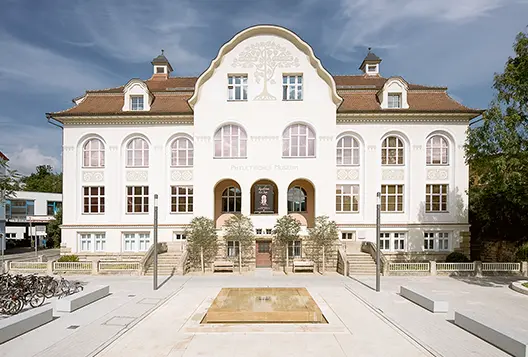
Restoration of the façade
In the anniversary year, the façade (with the exception of the roof) was professionally reconstructed. The ornamentation was restored in the process.
